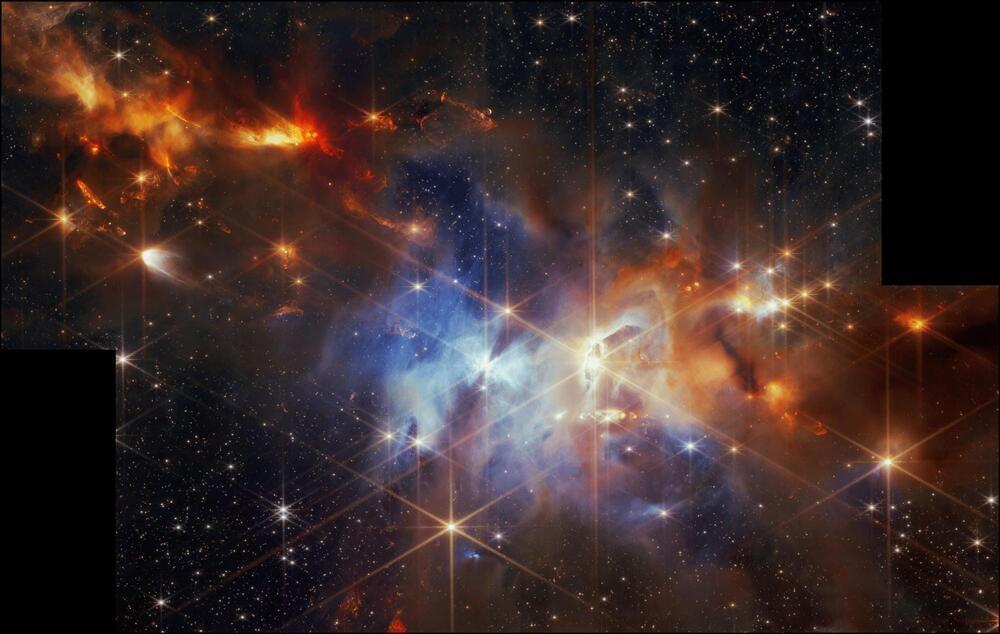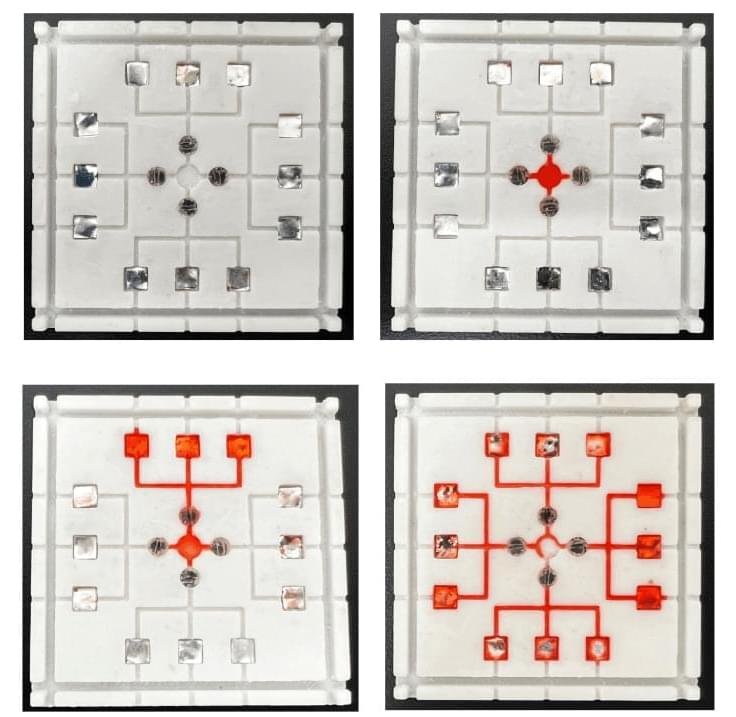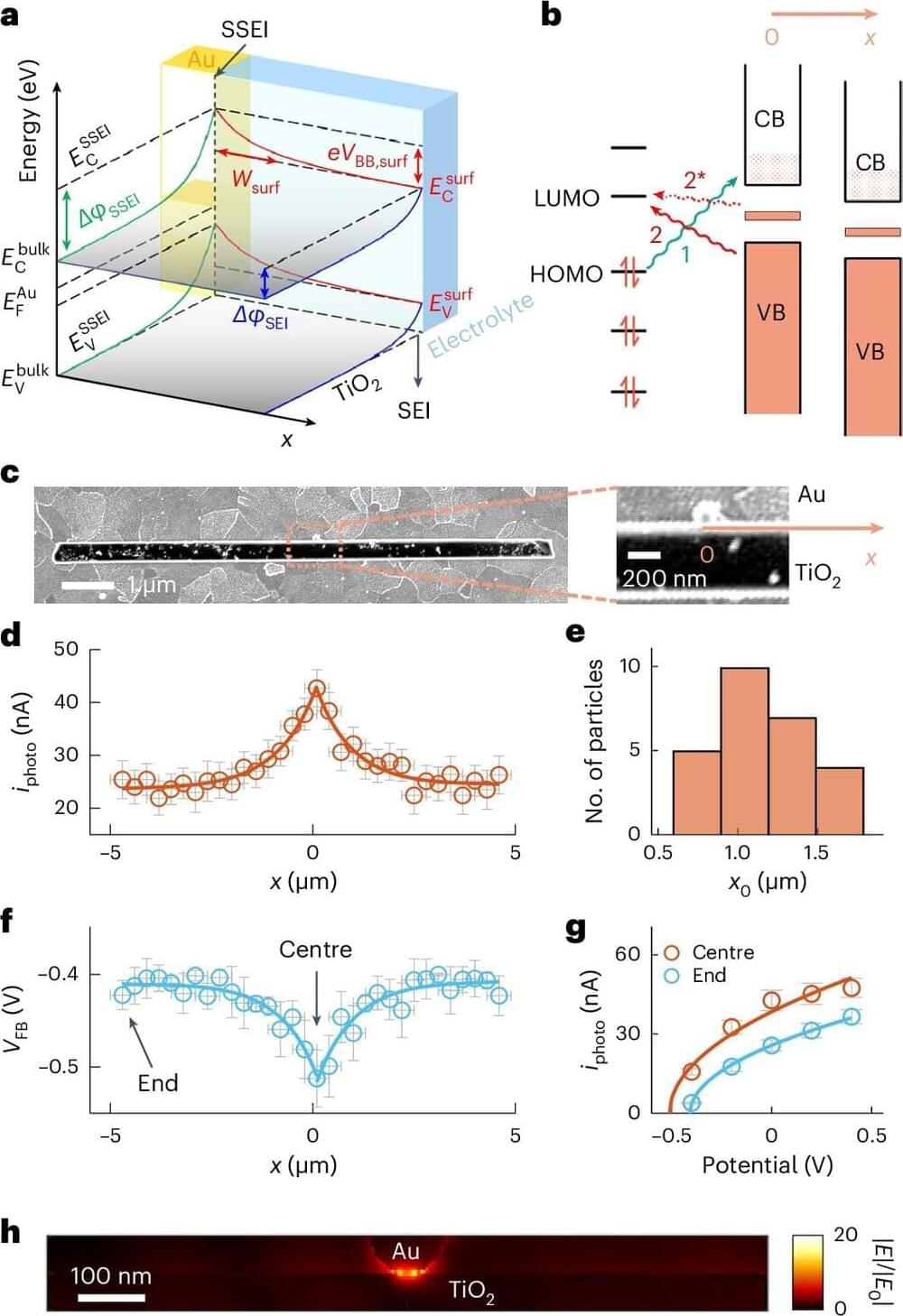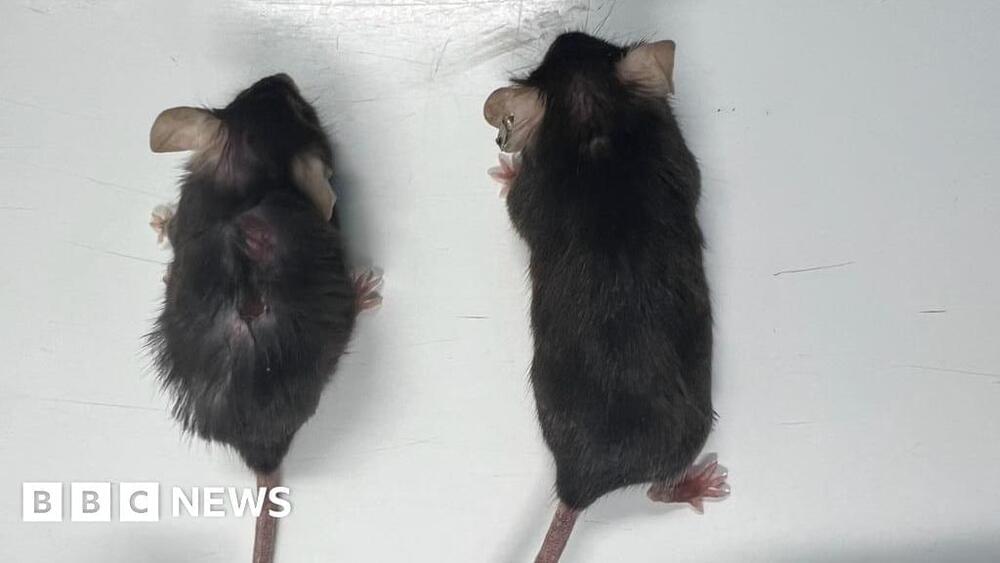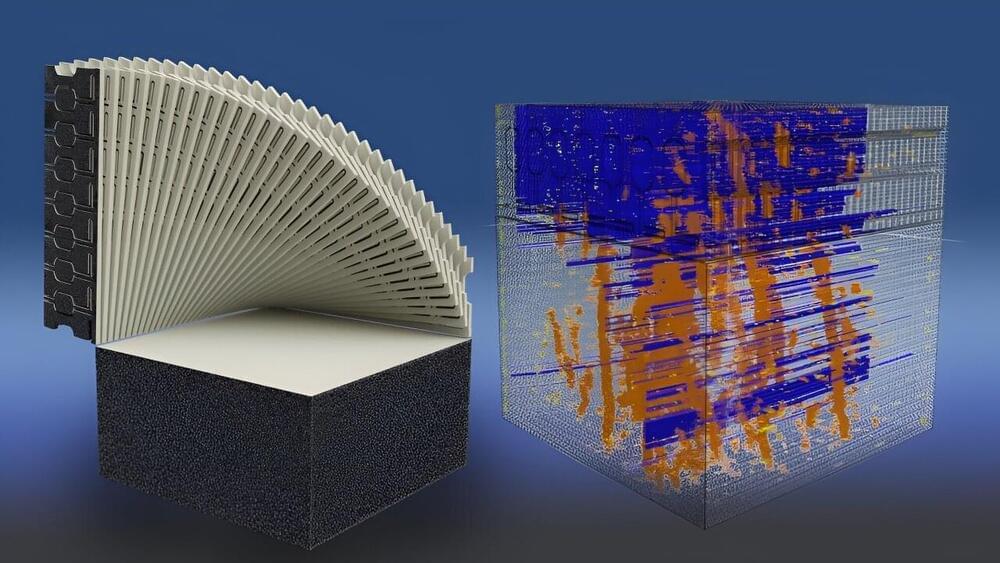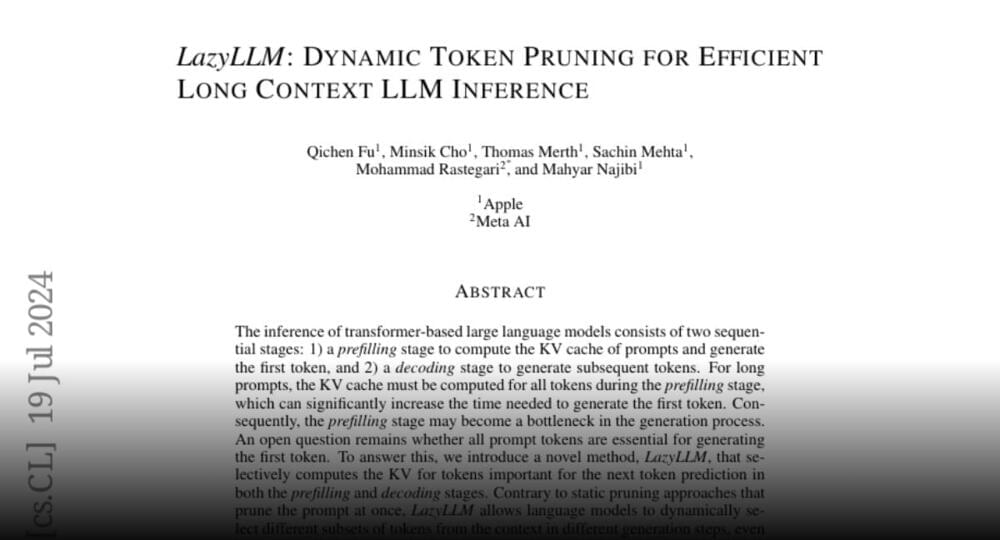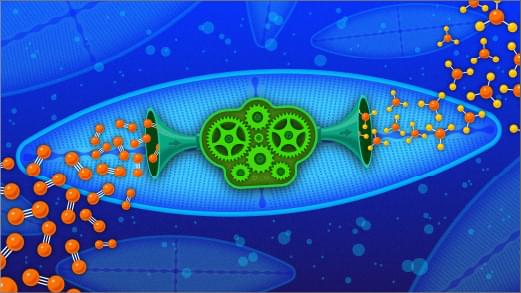For the first time, a phenomenon astronomers have long hoped to directly image has been captured by NASA’s James Webb Space Telescope’s Near-Infrared Camera (NIRCam). In this stunning image of the Serpens Nebula, the discovery lies in the northern area (seen at the upper left) of this young, nearby star-forming region.
Astronomers found an intriguing group of protostellar outflows, formed when jets of gas spewing from newborn stars collide with nearby gas and dust at high speeds. Typically these objects have varied orientations within one region. Here, however, they are slanted in the same direction, to the same degree, like sleet pouring down during a storm.
The discovery of these aligned objects, made possible due to Webb’s exquisite spatial resolution and sensitivity in near-infrared wavelengths, is providing information into the fundamentals of how stars are born.
